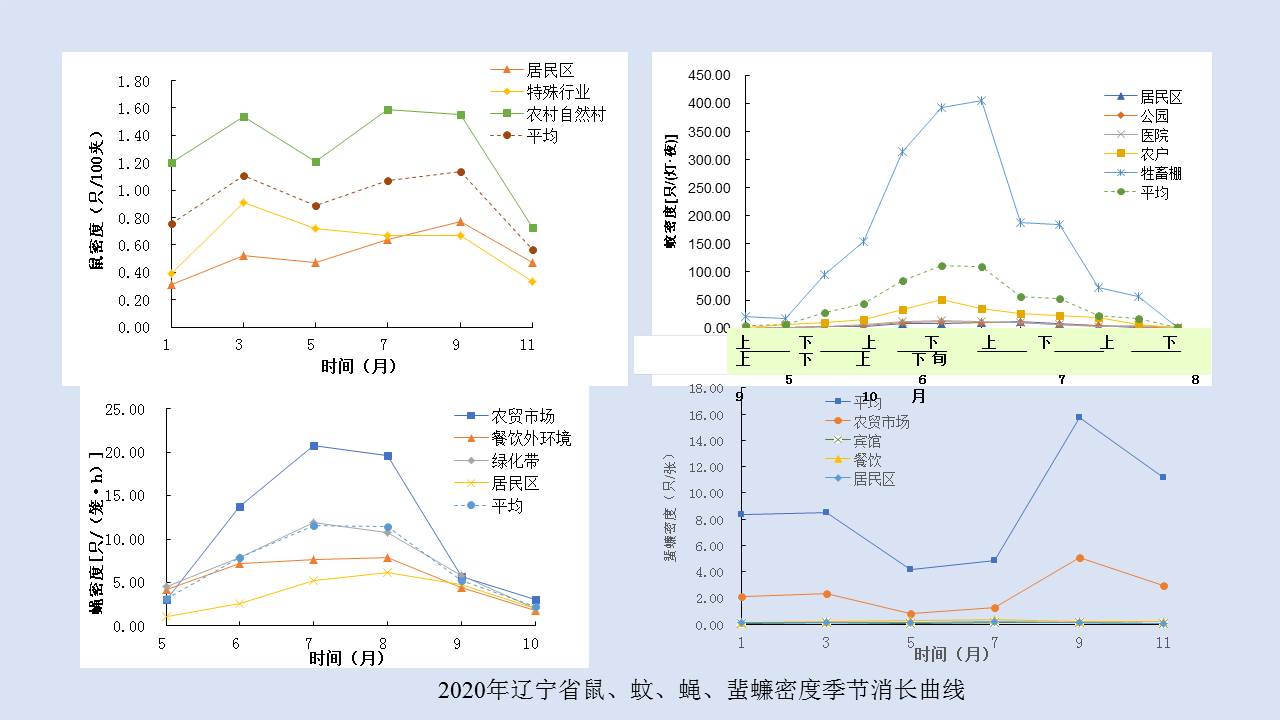 PDF(728 KB)
PDF(728 KB)


 PDF(728 KB)
PDF(728 KB)
 PDF(728 KB)
PDF(728 KB)
辽宁省2020年主要病媒生物监测结果分析
 ({{custom_author.role_cn}}), {{javascript:window.custom_author_cn_index++;}}
({{custom_author.role_cn}}), {{javascript:window.custom_author_cn_index++;}}Surveillance results of the main vectors in Liaoning province of China in 2020
 ({{custom_author.role_en}}), {{javascript:window.custom_author_en_index++;}}
({{custom_author.role_en}}), {{javascript:window.custom_author_en_index++;}}
| {{custom_ref.label}} |
{{custom_citation.content}}
{{custom_citation.annotation}}
|
/
| 〈 |
|
〉 |